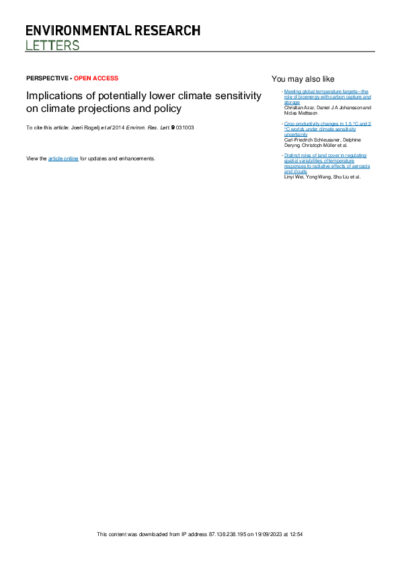Publications
Share

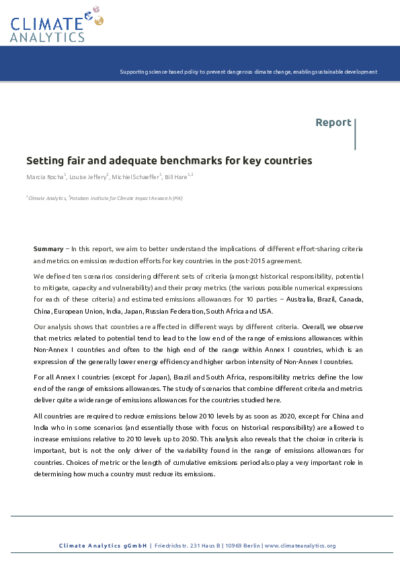
Reports
In this report, we aim to better understand the implications of different effort-sharing criteria and metrics on emission reduction efforts for key countries in the post-2015 agreement.
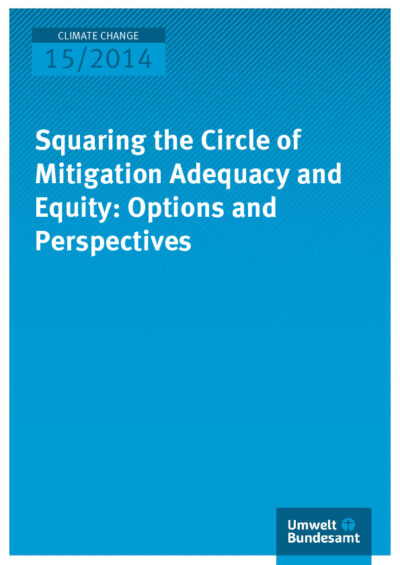
Reports
The report, produced for the German environmental protection agency Umweltbundesamt (UBA), evaluates available options for a variety of aspects around the differentiation of mitigation commitments.
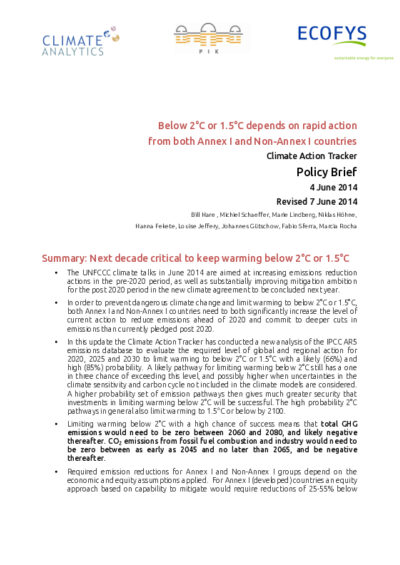
Briefings
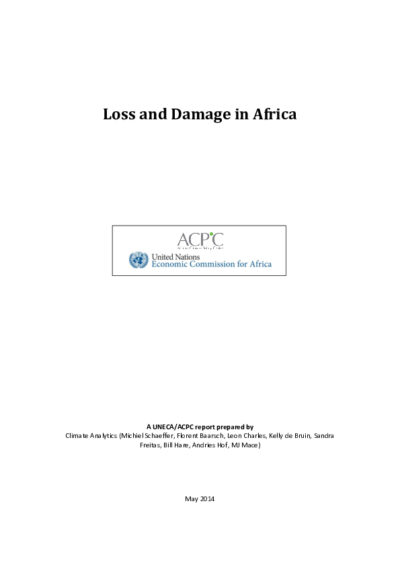
Reports
Africa is anticipated to be confronted with the severest adverse effects of human-induced climate change, compared to most other regions of the world, due to a combination of particularly severe projected impacts and relatively low adaptive capacity. Under any scenario of global mitigation and strong regional adaptation efforts, considerable adverse effects of climate change on Africa will remain, resulting in loss and damage.

Peer-reviewed Papers
This paper explores a wide range of air-pollutant emissions over the twenty-first century consistent with the global CO2 paths of the RCPs.
